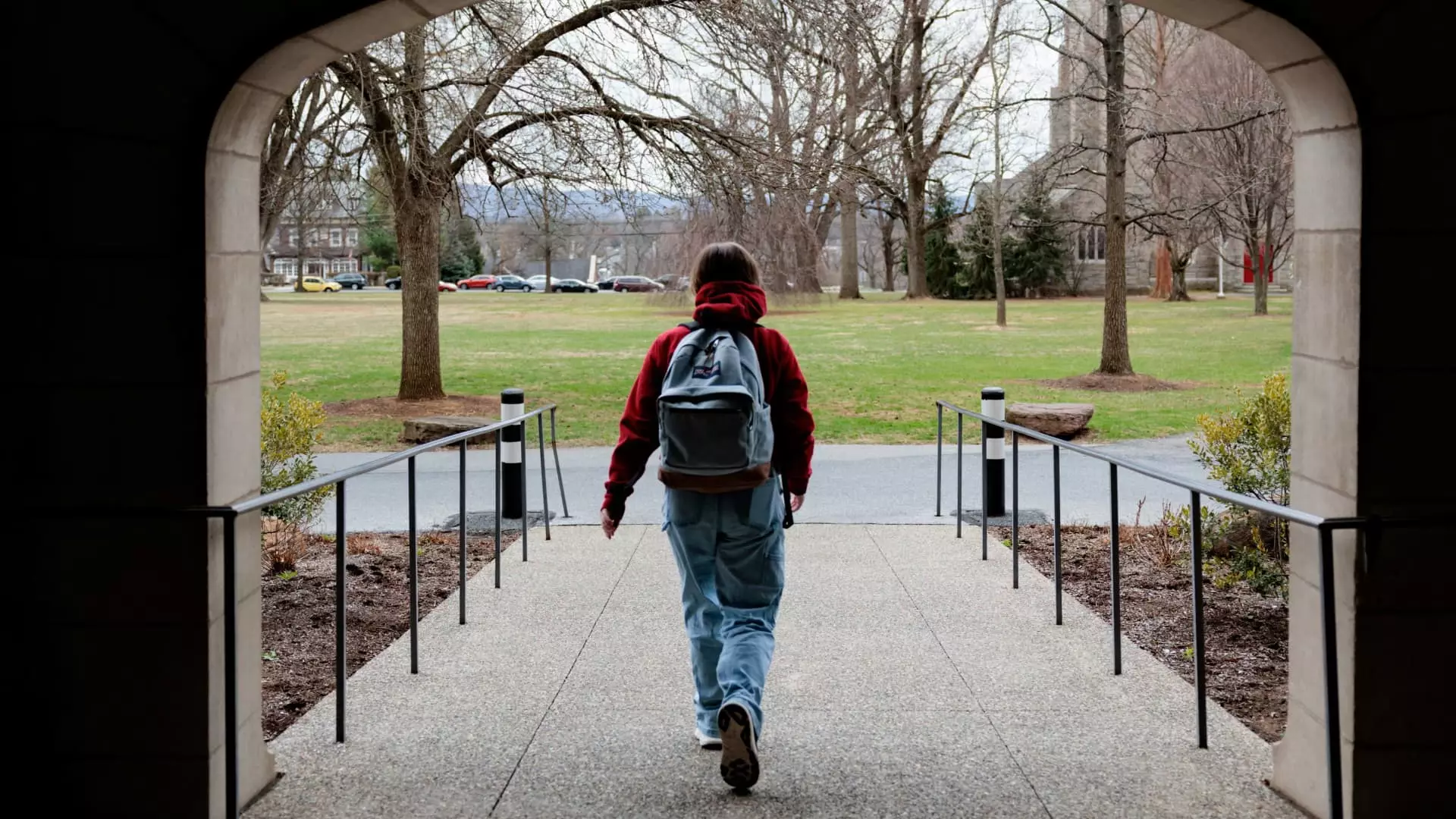The recent announcement from the U.S. Department of Education about reopening applications for Income-Driven Repayment (IDR) plans brings with it a whirlwind of emotions for millions of federal student loan borrowers. This decision feels like a hasty response to an ongoing crisis; one where countless Americans are drowning in student debt and hoping for a lifeline. The IDR plans—specifically Income-Based Repayment, Pay As You Earn, and Income-Contingent Repayment—should have remained accessible throughout the disruptions caused earlier this year. Instead, they’re portrayed as a recent concession rather than a long-due acknowledgment of the dire situation borrowers face.
Political Tug-of-War at Borrowers’ Expense
The political chess game surrounding student loan repayment is nothing short of frustrating. The Trump administration, by disabling IDR applications due to a February court ruling, left many borrowers in limbo while heightening the scrutiny faced by the Biden administration’s more progressive SAVE plan. This politicization of educational debt only adds to the already complicated landscape of federal aid and repayment options, where the borrower is often caught in the crossfire. The American Federation of Teachers’ lawsuit underscores a critical issue: that the interpretation of legislative and judicial guidelines can be weaponized, leading to unwarranted delays and confusion for the very people seeking relief.
Historical Context: IDR Plans and Their Intentions
Developed in the 1990s, IDR plans were designed with the understanding that higher education should never plunge individuals into lifelong financial despair. The goal was to make payments manageable by syncing them to borrowers’ disposable income. These plans not only promise to ease the burden but also offer some hope through loan forgiveness after 20 or 25 years. Yet, with over 12 million borrowers currently enrolled, the ongoing challenges reveal a systemic failure in actually fulfilling those promises. Are these loan forgiveness timelines merely a form of delayed distress for borrowers or genuinely viable solutions?
The Disconnect Between Policy and Practice
As the Department of Education assists in reopening these applications, we must take a closer look at the disconnection between policy decisions and their practical implications for borrowers. Despite being designed to relieve financial pressure, the bureaucratic challenges and political motives behind these plans often feel like they erect more barriers than they dismantle. It raises the question of whether policymakers are more committed to preserving the integrity of their negotiations rather than providing real, actionable support for those suffering under their own educational debts.
Borrowers Deserve Better
Students, who were once sold the dream of college as a pathway to success, find themselves grappling with the stark reality of their financial burdens. The reopening of IDR applications might be a step in the right direction, but it hardly compensates for the extensive damage caused by the disruption. As advocates for educational equity and access, center-left liberals must continue to press for genuine reforms that go beyond band-aid solutions and truly address the systemic inequalities present in the student loan system. The urgent need for humane and just educational policies cannot be emphasized enough.

